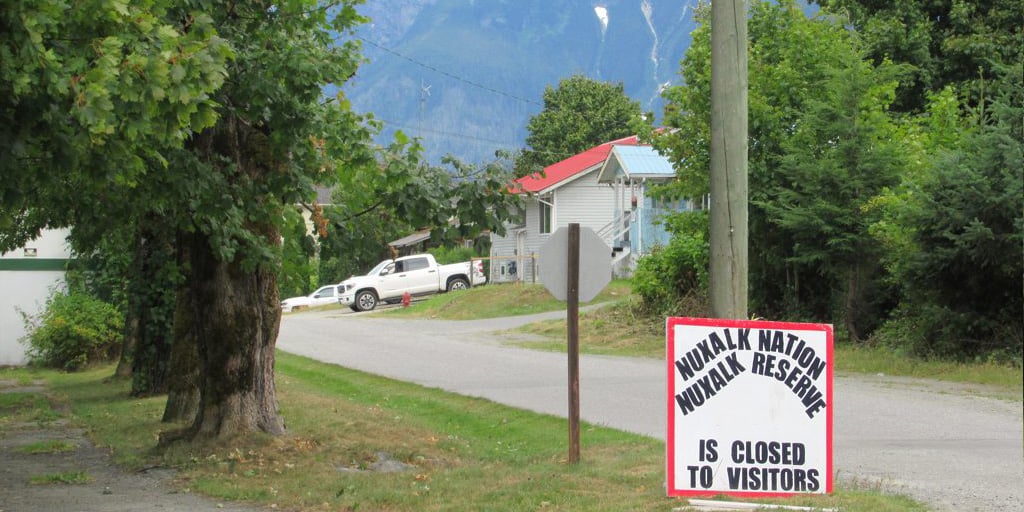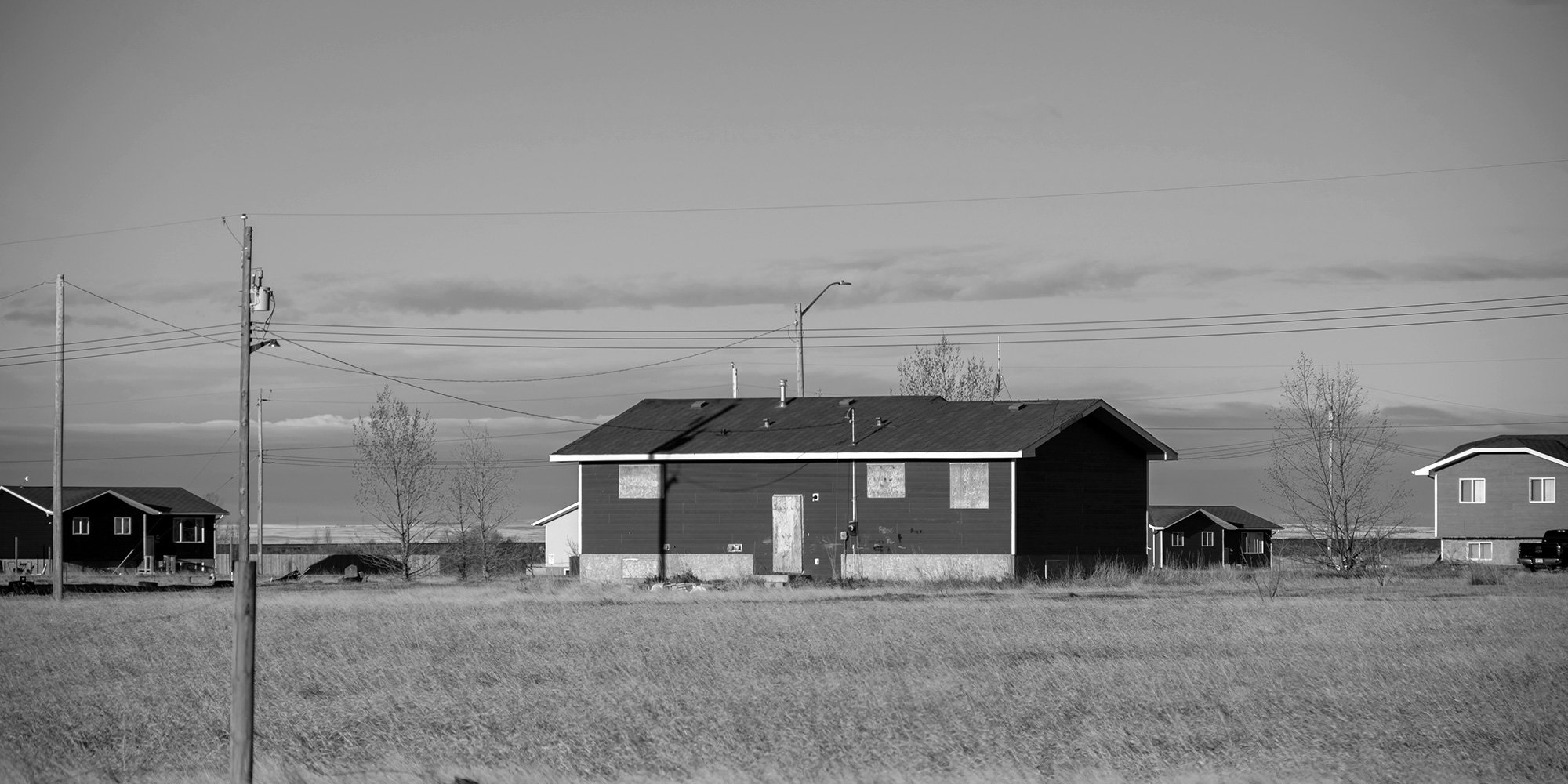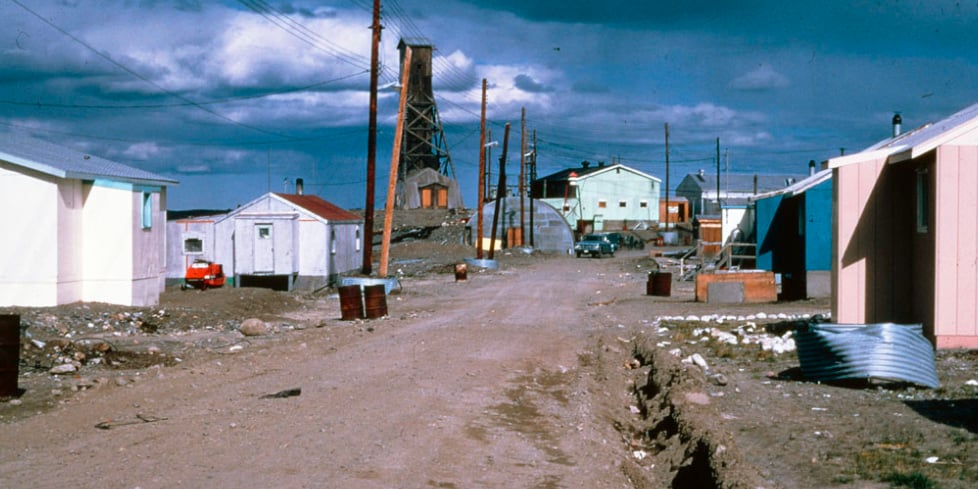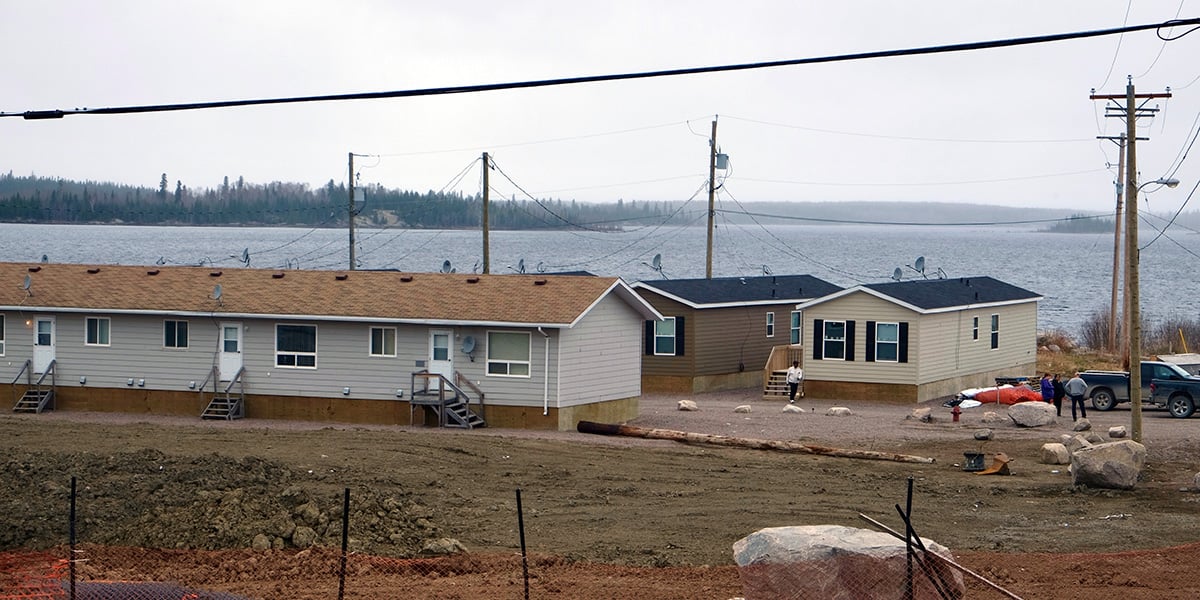Inadequate Housing and Crowded Living Conditions - #3 of 8 Key Issues
Indigenous People face the worst housing outcomes in the country. Hon. Marc Miller, Minister of Crown-Indigenous Relations [1] To understand the...

Did you know that adequate housing was recognized in the 1948 Universal Declaration of Human Rights? Did you know almost one in six Indigenous people lived in a home in need of major repairs in 2021 [1], a rate almost three times higher than for the non-Indigenous population, and more than 17 percent of Indigenous peoples lived in crowded housing?
Those stats are not for a developing country. Those stats are for Canada, which holds the 9th spot in the top 25 economies in the world in 2022. In 2014, James Anaya, then-Special Rapporteur on the Rights of Indigenous Peoples, noted that housing in First Nation communities had “reached a crisis level.”
On-reserve housing situations vary from community to community. While some communities do have an adequate supply of good-quality homes, that is not the norm. Generally speaking, those communities with their own source of revenue and high employment have good-quality housing. This article is about the issues prevalent in the communities that don’t have the benefit of own-source revenue or high employment.
Some background on the federal government’s role in on-reserve housing:
In the 1960s, what was then Indian and Northern Affairs Canada (INAC) implemented a housing program that provided subsidies to assist with home construction and renovation on reserves. A 1982 evaluation of this program concluded that by then, the federal government’s “role in the delivery of houses was … residual.” In 1996, the government developed the housing policy that is currently in place, known as the On-Reserve Housing Policy. Communities that choose not to opt into the On-Reserve Housing Policy continue to operate under the 1960s subsidy program. Today, the federal government provides on-reserve housing support to First Nation communities primarily through funding and programs offered by AANDC and by the Canada Mortgage and Housing Corporation (CMHC). [3] Note: AANDC is now Crown-Indigenous Relations and Northern Affairs and Crown-Indigenous Relations.
The lack of adequate on-reserve housing has many contributing factors and many repercussions. Here are 8 things you need to know about on-reserve housing issues.
The eight issues identified here are bullet points from the larger, more complex issue of on-reserve housing. If you are interested in an in-depth look at on-reserve housing issues, please read HOUSING ON FIRST NATION RESERVES: Challenges and Successes Interim Report of the Standing Senate Committee on Indigenous Peoples.
For those looking to learn more about Indigenous culture and history, our Indigenous Awareness individual or group training options are a great place to start.
This article was originally posted on February 12, 2018
[1] Housing conditions among First Nations people, Métis and Inuit in Canada from the 2021 Census
Featured photo: The Nuxalk Indigenous Reserve in Bella Coola, British Columbia, Canada. Photo: David Stanley, Flickr

Indigenous People face the worst housing outcomes in the country. Hon. Marc Miller, Minister of Crown-Indigenous Relations [1] To understand the...

Myth #3: First Nations get free housing on reserves. Reality: Indigenous People can apply for social housing programs offered by the Canada Mortgage...

A First Nation reserve is a tract of land set aside under the Indian Act and treaty agreements for the exclusive use of an Indian band (First...